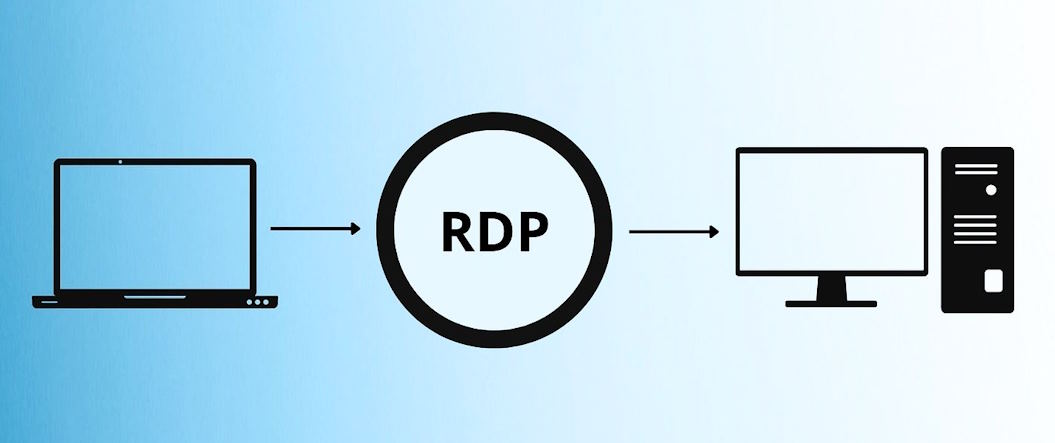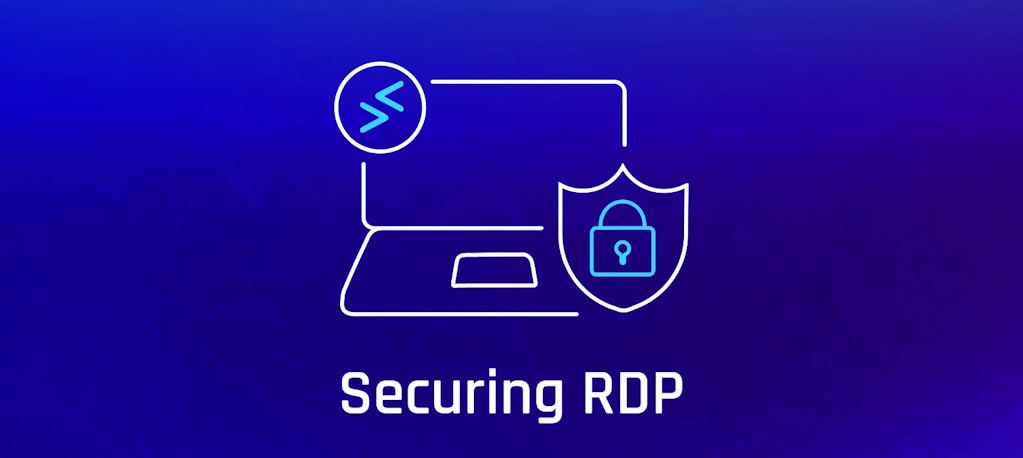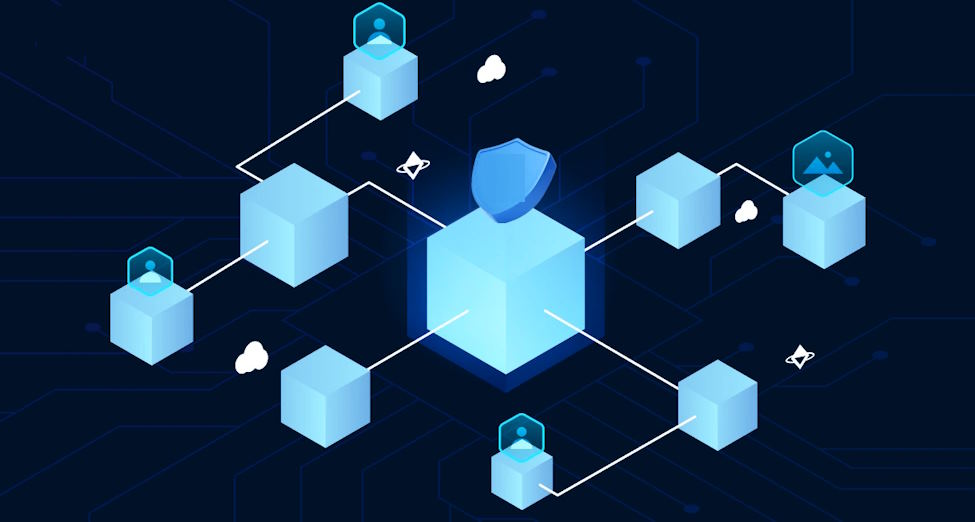
Remote Desktop Protocol (RDP) Security Best Practices
The paradigm shift towards remote work has propelled technologies like RDP into the forefront, becoming indispensable tools for professionals and businesses alike. However, this increased reliance on remote access solutions also exposes organizations to a myriad of security risks. Recognizing the pivotal role that RDP plays in modern connectivity, this article delves into the intricacies of securing Remote Desktop Protocol, elucidating best practices that go beyond conventional security measures. As the digital landscape continues to transform, adopting proactive and robust RDP security measures becomes imperative, ensuring a resilient defense against the evolving threat landscape in the realm of remote work.
Security Risks Associated with RDP
Overview of Potential Threats and Vulnerabilities:
Remote Desktop Protocol (RDP), while a powerful tool for remote access, comes with inherent security risks that demand attention. One primary concern revolves around unauthorized access, where cyber adversaries exploit weak authentication mechanisms to gain entry. Brute force attacks, credential stuffing, and vulnerability exploits are common threats targeting RDP connections. Additionally, as RDP operates over port 3389, it becomes a focal point for malicious actors scanning for open ports and potential entry points into networks. Failure to address these vulnerabilities exposes sensitive data and systems to the ever-watchful eyes of cybercriminals.
Examples of Real-World RDP Security Incidents:
The cybersecurity landscape is littered with instances where RDP vulnerabilities led to severe breaches. Notable cases include instances of ransomware attacks leveraging RDP as an initial attack vector. Cybercriminals exploit unsecured RDP connections to gain a foothold, subsequently deploying ransomware to encrypt critical files and demand extortion payments. These real-world incidents highlight the pressing need for organizations to fortify their RDP infrastructure against sophisticated threats continually.
Impact of RDP Breaches on Organizations and Individuals:
The consequences of RDP breaches extend far beyond compromised data. Organizations face potential financial losses, reputational damage, and operational disruptions. Intellectual property theft, unauthorized access to proprietary information, and business disruption are common outcomes. For individuals, compromised RDP connections may lead to identity theft, financial losses, or unauthorized access to personal data. The far-reaching impact underscores the urgency of implementing robust security measures to mitigate the risks associated with Remote Desktop Protocol.

Remote Desktop Protocol (RDP) Security Best Practices
Authentication and Access Control:
To fortify RDP against unauthorized access, strong authentication measures are paramount. Enforce robust password policies, encouraging complex and regularly updated passwords. Elevate security further by implementing Multi-Factor Authentication (MFA), adding an extra layer of verification. Embrace Role-Based Access Control (RBAC) to tailor permissions based on user roles, limiting potential vulnerabilities associated with unnecessary access.
Network Security:
The foundation of RDP security lies in a well-architected network. Employ Virtual Private Networks (VPNs) to establish secure connections, shielding RDP traffic from potential eavesdropping. Implement network segmentation, isolating RDP traffic to prevent lateral movement in case of a breach. Vigilant firewall configuration and continuous monitoring are indispensable to thwart unauthorized access attempts.

Encryption:
Securing the confidentiality of RDP communications is achieved through encryption. Implement end-to-end encryption to safeguard data in transit. Utilize TLS/SSL protocols for secure communication channels, ensuring data integrity. Additionally, encrypt stored credentials to thwart unauthorized access to sensitive login information.
Regular Software Updates and Patch Management:
The proactive defense against evolving threats involves the timely update of RDP software. Stress the importance of regular updates and employ automatic patch management strategies. Monitor vulnerabilities actively and apply patches promptly to mitigate potential exploits.
Secure Configurations:
Mitigate risks by disabling unnecessary RDP services and features, reducing the attack surface. Establish secure RDP settings and configurations to align with organizational security standards. Limit user privileges, ensuring access is granted only where necessary.
User Education and Awareness:
Users are the first line of defense. Empower them through training on secure RDP practices, emphasizing the importance of vigilant password management and recognizing phishing attempts targeting RDP. Foster a culture of awareness, encouraging users to report and respond promptly to potential security incidents.


